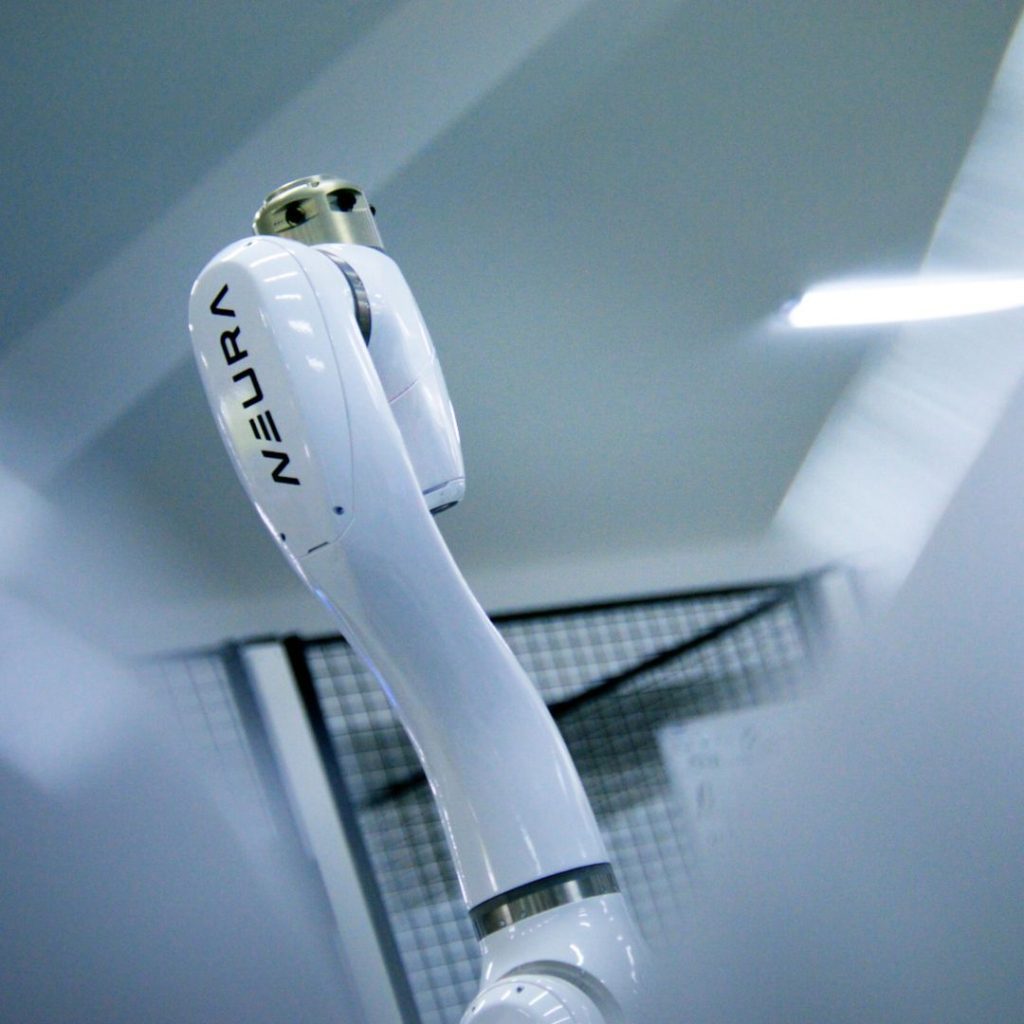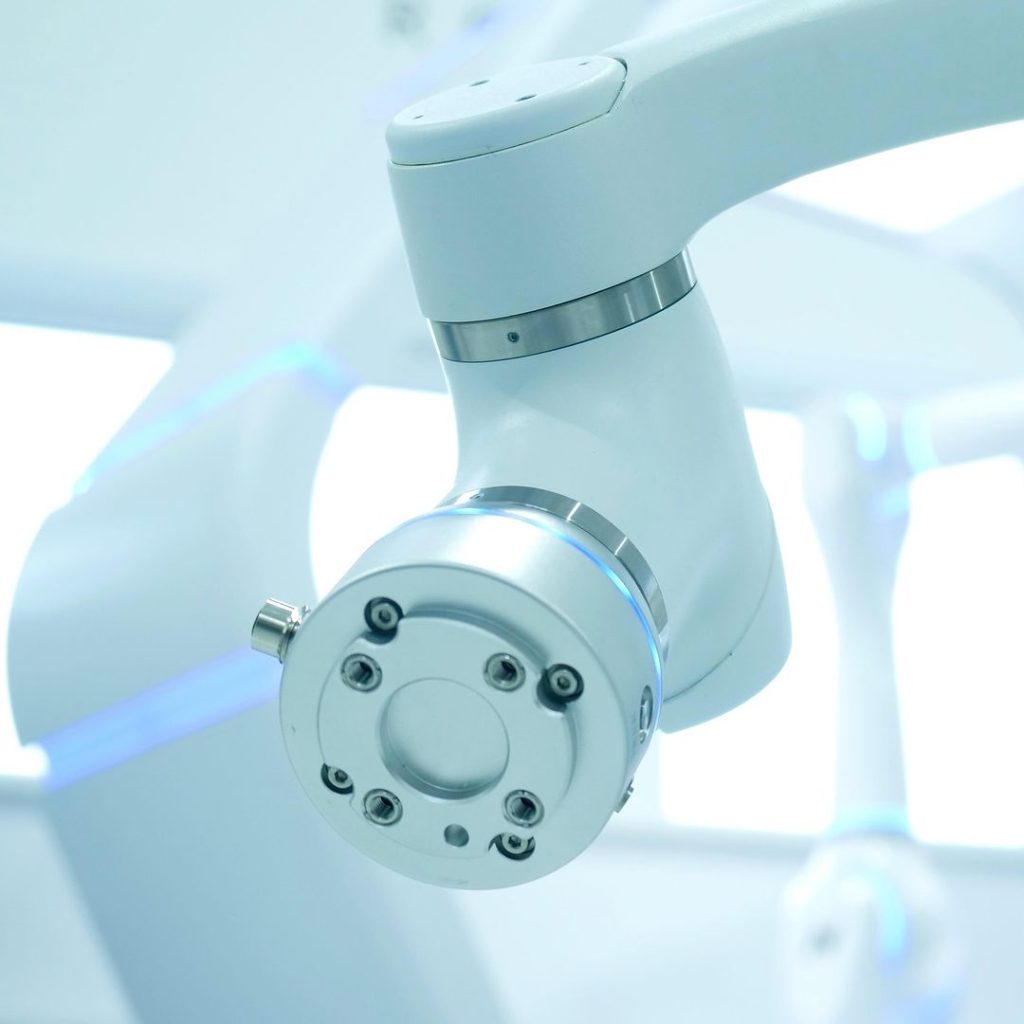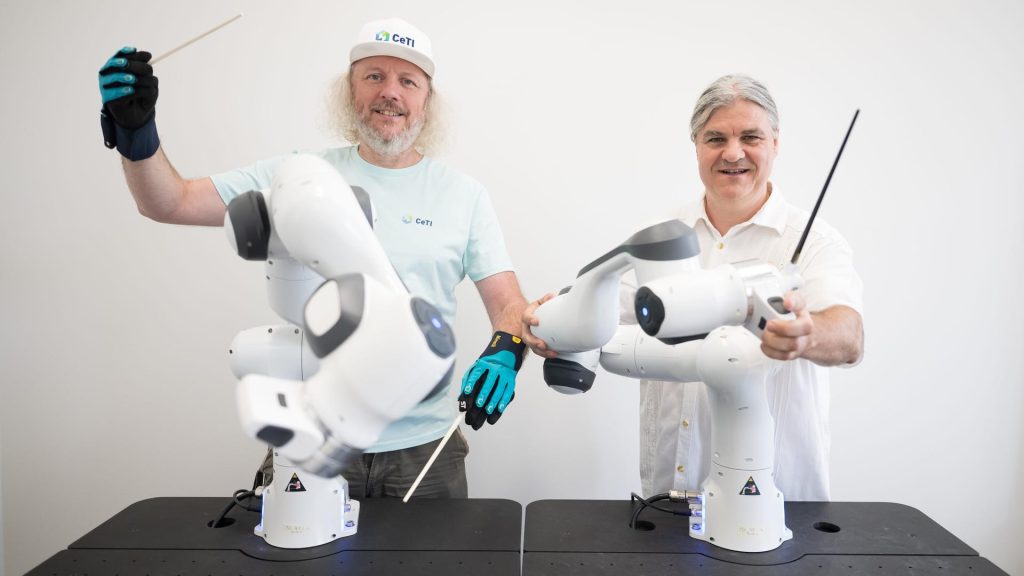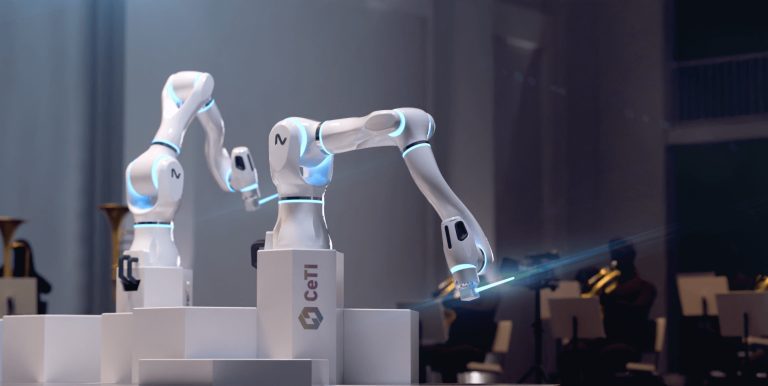Experts from the Centre for Tactile Internet (CeTI) at the Technical University of Dresden will introduce a three-armed robotic conductor, MAiRA Pro S, to the world of classical music during its performance at the Dresden Symphony Orchestra. This innovative robot will lead the orchestra during its 25th anniversary concert. In particular, it will conduct two newly composed works. Designed to handle complex cross-rhythms, MAiRA Pro S has the unique ability to lead musical patterns that accelerate and decelerate independently, a task that would challenge even the most skilled human conductor.
The robot’s involvement with the orchestra is the result of a partnership between the orchestra’s conductor, Markus Rindt, and CeTI’s robotics group leader, Frank Peters. Their aim is to explore the potential of technology in the transformation of artistic practice and the questioning of the future of creativity. The first piece, #kreuzknoten by Wieland Reissmann, was created specifically to exploit the robot’s ability to manage complex cross-rhythms that accelerate and decelerate independently, a feat beyond human conductors. The second work, Semiconductor’s Masterpiece by Andreas Gundlach, also explores complex cross-rhythms by dividing the orchestra into three sections, each of which plays in a different metre and at a different tempo. The concert is designed to provoke thought about how new technologies can disrupt or enhance artistic expression, raising questions about the balance between human interpretation and robotic precision.



Courtesy of PICTURE ALLIANCE / DPA

